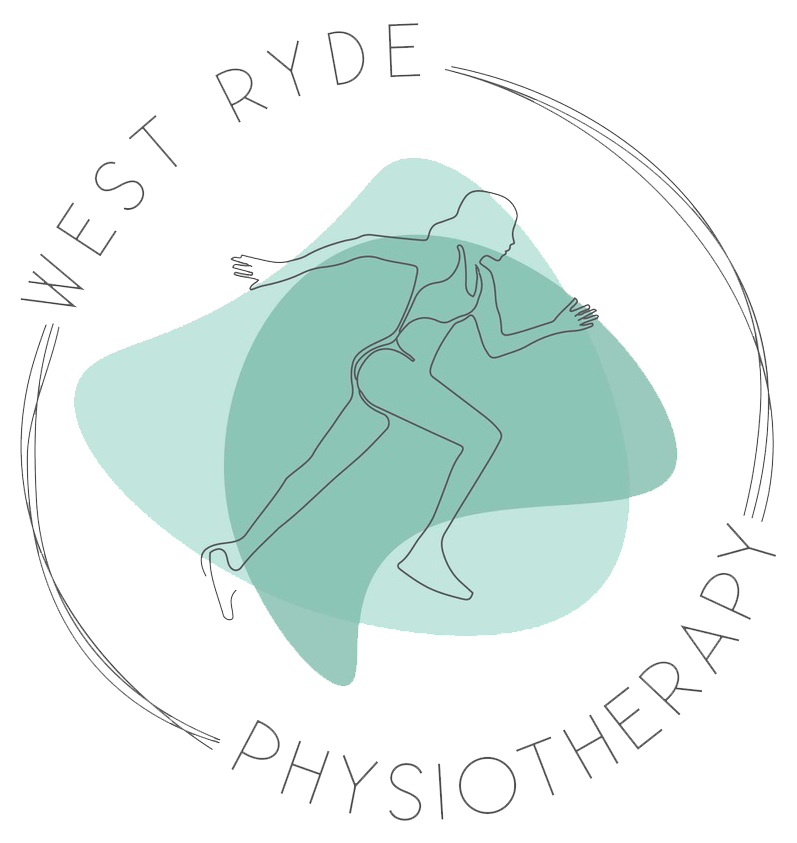Treating the Body as a Symphony of Interconnected Elements
Ongoing tussle with stubborn unilateral tendinopathies? Persistent or recurrent neck pain, low back pain and pelvic girdle pain?
Perhaps the thorax is the missing puzzle piece. In the dynamic world of physiotherapy, one approach has been gaining momentum for its unique perspective on treating the thorax and its whole body approach - ConnectTherapy™️ (Lee, LJ 2015). After all, the body is a symphony of interconnected elements. This approach goes beyond the conventional to unravel the mysteries of the thorax to understanding it as an important driver of dysfunction.
It’s not just about pain, but movement options.
The ConnectTherapy treatment approach recognises that restriction in one area can resonatethroughout the entire body system, and that the thorax, previously thought as “an inherently stiff and stable structure”, is actually an area of significant mobility with the thoracic vertebrae and the attached ribs forming a three-dimensional ring responsible for complex functional movement.
Altogether, there are a total of 136 joints in the thorax and 13 articulations per thoracic ring. Thus, within the intricate dance of the human body, the thorax emerges as both the culprit and victim in the symphony of dysfunction and load transfer when there is a loss of synergy or force modulation in the muscle around the thoracic rings interfering with the inter-regional and segmental movement of the thoracic rings. Dr. Linda Joy Lee describes the stack of thoracic rings as a “slinky” or “shock absorbing spring” that requires optimal neuromuscular control, providing movement options for the individual. When the individual adopts a non-optimal strategy to move due to altered biomechanics and control of the thoracic rings, it can affect their task performance. Furthermore, because the body’s sympathetic chain and innervation of the viscera is closely knitted, the thorax can drive other non-optimal experiences including sensitisation of the sympathetic nervous system.
In short, the ConnectTherapy assessment framework uses the Meaningful Task Analysis to determine whether an area of interest is the primary driver of the patient’s problem. The clinician assesses non-optimal biomechanics and control while the patient is performing his or her meaningful movement. The clinician then uses manual facilitation to temporarily “correct” these areas and retest the same task. If this changes meaningful symptoms, eases task performance, and optimizes load transfer to other areas of the body, then this area is a potential driver in the body. Treatment would then involve releases, neuromuscular retraining or downtraining of relevant muscle and vectors with progressive exercises targeted at restoring effective load transfer while performing the meaningful task.
Takeaways?
I think the ConnectTherapy Approach provides a good systematic framework for a whole body assessment while taking into consideration a patient's meaningful task and integrates the biopsychosocial approach well. It serves as an additional tool for assessing and treating especially when it comes to chronic/complex patients who tend to present with multiple layers of compensatory mechanisms - the onion analogy works quite well here. However, the approach does have its limitations as it relies heavily on motion palpation and thus the individual clinician’s palpation skill level and experience. Inter-assessor variability then needs to be taken into account. Also considering the amount of time in a treatment session, the clinician needs to be precise with where they think the relevant areas are to assess, which mainly derives from the patient’s subjective history and presenting complaint. If the patient comes in with an acute sprained ankle from soccer, conventional treatment protocols will probably suffice. However, if the patient presents with multiple seemingly linked areas of concern or lingering pain that does not go away with traditional methods of treatment, then ConnectTherapy might provide us with more insight.
Yuhui
MAPA, MPhty, BBiomedSc (Hons)
